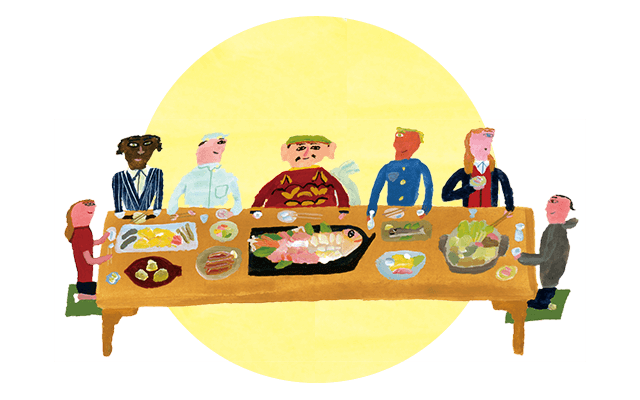
Harima Archives
2022.03.18 Raw materials for brewing 2. Sayo Mochidaizu

Sweet and Sticky Soybeans
The quality of soybeans is essential for brewing miso and other products. In Harima, an indigenous type of soybean called Sayo mochidaizu is produced only in Sayo-cho. Like mochi, this soybean’s main characteristic is its glutinous texture when cooked. The grain is enormous and is about 30% heavier than other commonly distributed breeds. Its sweetness is also impressive as it contains a high content of sucrose and other carbohydrates.
Similar mochidaizu exist in Tottori and Okayama prefectures, but only a few are cultivated. Only here in Sayo is it cultivated under strict seed management.
The Soil and Soybeans Produced in Sayo-Cho
Sayo-cho is an area located in the basin of the Chikusa River system, surrounded by mountains. The well-drained soil mixed with river sand in the arable land spreading along the river and its tributaries is ideal for growing soybeans vulnerable to wet damage. There is also a significant difference in temperature between day and night, with a temperature difference of more than 10 degrees Celsius between September, when the Sayo mochidaizu reach maturity, and December, when they are harvested. These land characteristics are suitable for securing grains and enlarging the seedlings.
A Unique History Unlike Any Other
Sayo has long been known for its miso production, and interest in soybeans suitable for processing has been exceptionally high in the area. In the latter half of the 1950s (Showa), soybeans were selected as a paddy field conversion crop, and since then, mochidaizu cultivation has been the focus. Although mochidaizu was cultivated in other neighboring prefectures, there were no other soybeans with the same characteristics in other regions, so they came to be called Sayo mochidaizu as a strain unique to Sayo-cho. Finally, in May of 2019 (Reiwa), the soybean was registered under the Geographical Indication (GI) protection system, which protects the Names of Specific Agricultural, Forestry, Fishery Products, and Foodstuffs.



